Plants Grown in Space
Here is a list of plants that have been grown in space. We've divided the plants into three categories: research plants are plants grown in space that are primarily for research, sustenance plants are plants that could serve as food for astronauts in the future, and ornamental plants primarily serve as decoration and general foliage.
Key
- Year Grown in Space
- Spacecraft Grown In
- Hardware Grown In
Research Plants Grown in Space
Arabidopsis thaliana (a.k.a thale cress) is the model organism for plant biology due to its short lifecycle, small size, and useful genomic data. A. thaliana was the first plant to ever flower in space, in 1982, aboard Soviet Salyut 7. It is one of the most common plants grown in space due to its immense research value. It is not a viable source of food for astronauts, but the discoveries made using A. thaliana provide insights that can be applied to a variety of plants.
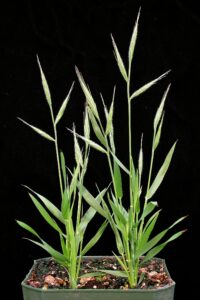
Brachypodium distachyon
Brachypodium distachyon (a.k.a stiff brome) is a research grass species most recently grown on the International Space Station under the management of Dr. Patrick Masson at the University of Wisconsin-Madison.
- 2018
- International Space Station
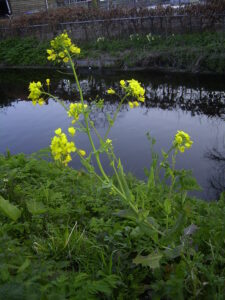
Brassica rapa (a.k.a field mustard) is a plant with tasty subspecies like Bok Choy and Napa Cabbage. The educational tool Wisconsin Fast Plants is a selected species of B. rapa. It was grown on the Russian space station Mir in 1997 and was a joint venture between NASA and the Russian Space Agency.
- 1997
- Mir (Мир)
- SVET (свет)
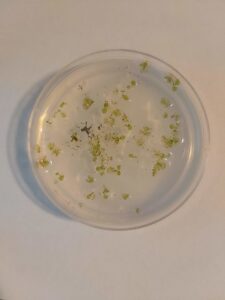
Ceratopteris richardii (a.k.a Triangle Water Fern) spores germinated on STS-93 in 1999.
- 1999
- Columbia

Cotton
China successfully grew cotton on the surface of the Moon in 2019. Although the cotton sprouted and quickly died in the Chang’e-4 lander, this event marked the first astrobotany experiment performed on the surface of the Moon. It was also remarkable due to its use of sunlight from space to power photosynthesis.
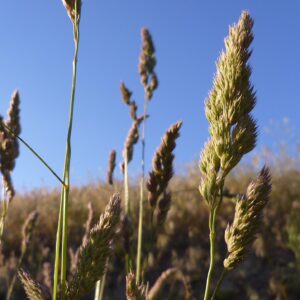
Dactylis glomerata (a.k.a cat grass, orchard grass) was grown on Space Shuttle Discovery at least twice. In 1994, it was grown to study the general effects of microgravity on a grass. In 1998, the purpose of the experiment was to study the effects of microgravity on plant embryogenesis.
- 1994, 1998
- Discovery
- BRIC-100
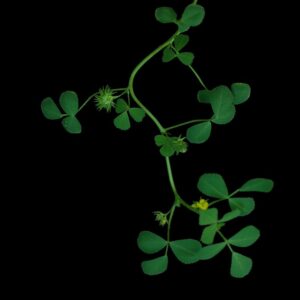
Medicago truncatula
Medicago truncatula (a.k.a barrel clover) is a small annual legume that has been sent to the International Space Station on at least two occasions. First in 2011 for an experiment involving microbe-host interactions, and second in 2022 by Magnitude.io, as part of their ExoLab series. M. truncatula is a model organism for legume botany due to its small size, rapid lifecycle, and sequenced genome.
- 2011, 2022
- International Space Station
- BRIC-SyNRGE, ExoLab

Portulaca oleracea
Portulaca oleracea (a.k.a little hogweed, pursley, purslane) is a small succulent that has been sent to the International Space Station twice by Magnitude.io, as part of their ExoLab series. All parts of P. oleracea are edible and packed with nutrition, making it viable for sustenance as well.

White Spruce Trees
White spruce trees were grown in the ABRS spaceflight research tool on the International Space Station in 2010. This experiment was a collaboration between NASA and CSA led by Dr. Jean Beaulieu to help researchers understand how trees make wood.
- 2010
- International Space Station
- ABRS
Sustenance Plants Grown in Space
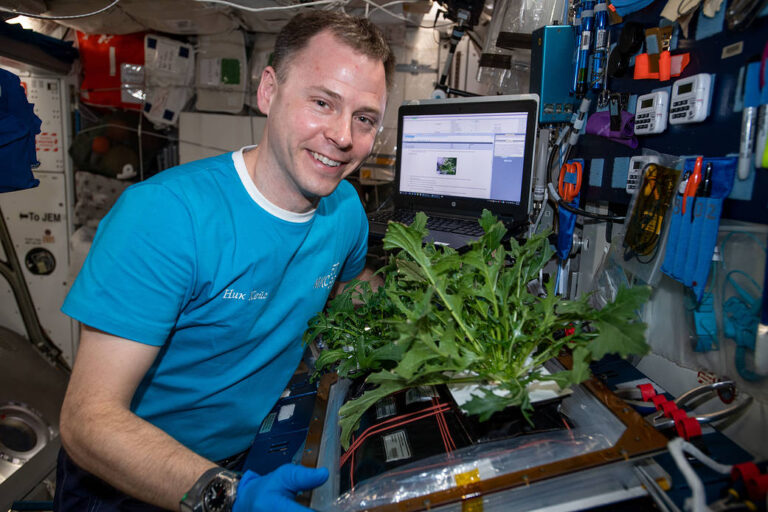
Mizuna lettuce has been grown on the International Space Station. This Japanese lettuce was involved in an experiment with water uptake and fertilizer. You can read about it below.
- 2010
- International Space Station

"Española Improved” Chile Peppers
“Española Improved” chile peppers were grown in the Advanced Plant Habitat aboard the ISS in 2021 with a 120-day growing time.
- 2021
- International Space Station
- Advanced Plant Habitat (APH)
Zucchini
Zucchini was officially grown in space in 2012 during Expedition 30/31 on the International Space Station. The zucchini was grown in a plastic bag and nutrient solution, using aeroponics. The medium of transfer was still water but was in the form of a fine mist, and therefore basically air (aeroponics). This was to reduce a large volume of water from being used. Astronaut Donald Pettit created a blog about growing a space zucchini, which you can read here.
- 2012
- International Space Station
- Ziploc Bag
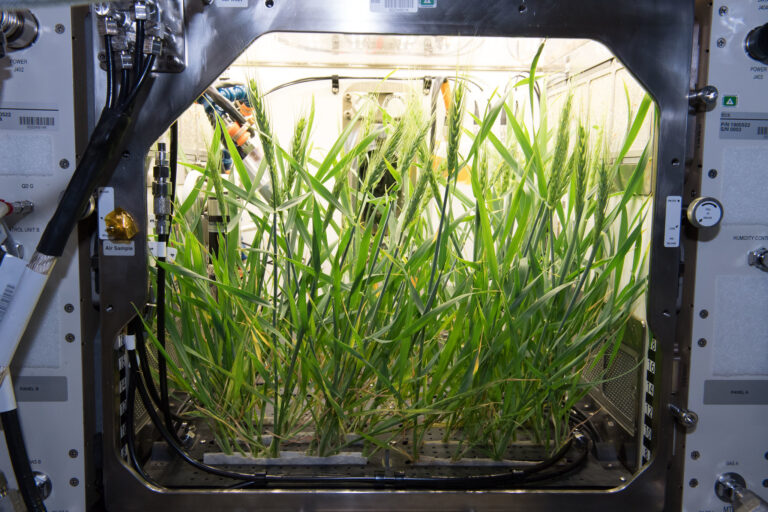
Super-dwarf wheat was planted in 1995 on Mir. Super-dwarf is a variety of wheat with poor agronomic traits but small size for growth in a confined area such as a spacecraft.
- 1995, 2002
- Mir (Мир), International Space Station

Red Romaine Lettuce
The “Outredgeous” variety of red romaine lettuce was grown and eaten by astronauts on the International Space Station in 2015 on ISS Expedition 44. It was grown in the VEGGIE plant growth system.
- 2015
- International Space Station
- VEGGIE
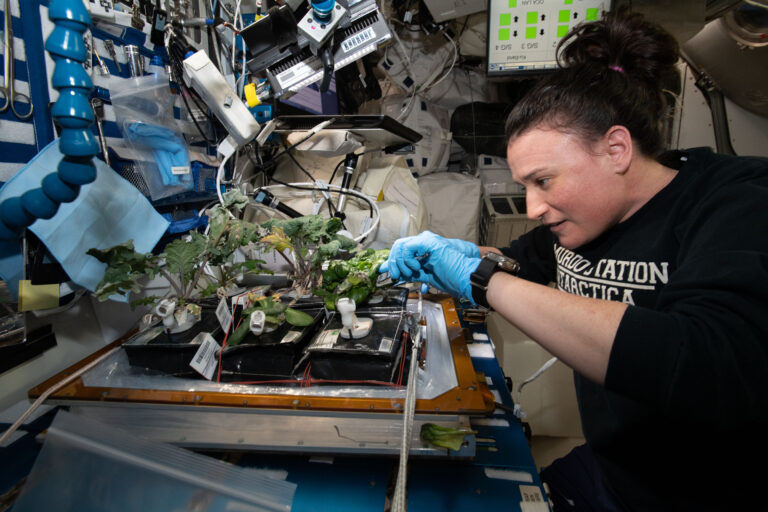
Red Russian Kale
Red Russian Kale was grown in the VEGGIE plant growth system on the ISS in 2018. Astronauts harvested the kale and ate it with balsamic vinegar in space.
- 2018
- International Space Station
- VEGGIE
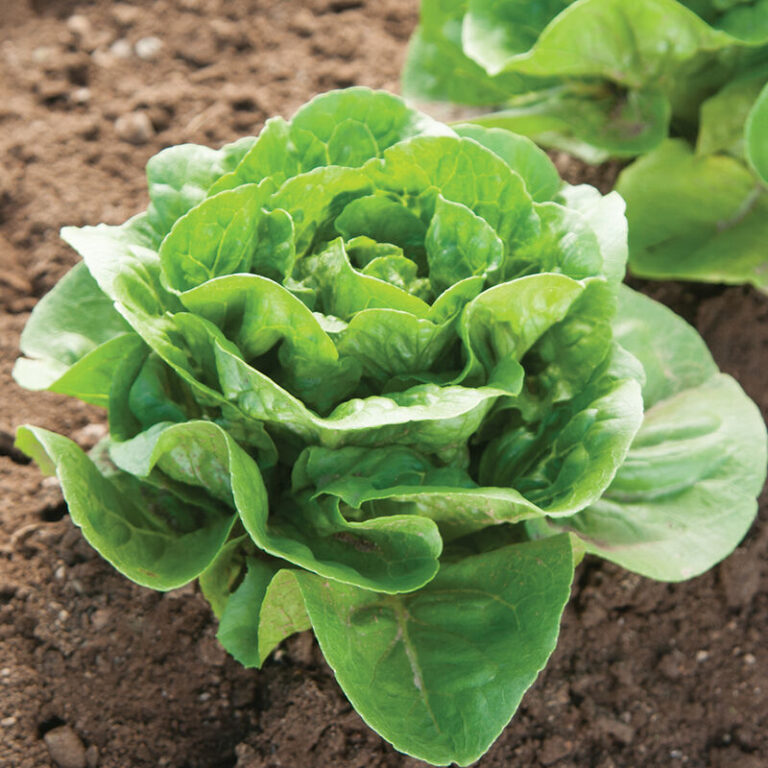
Dragoon (Mini Romaine) Lettuce
Dragoon (Mini Romaine) Lettuce was grown in the VEGGIE plant growth system on the ISS in 2018. Astronauts harvested the lettuce and ate it with balsamic vinegar in space.
- 2018
- International Space Station
- VEGGIE
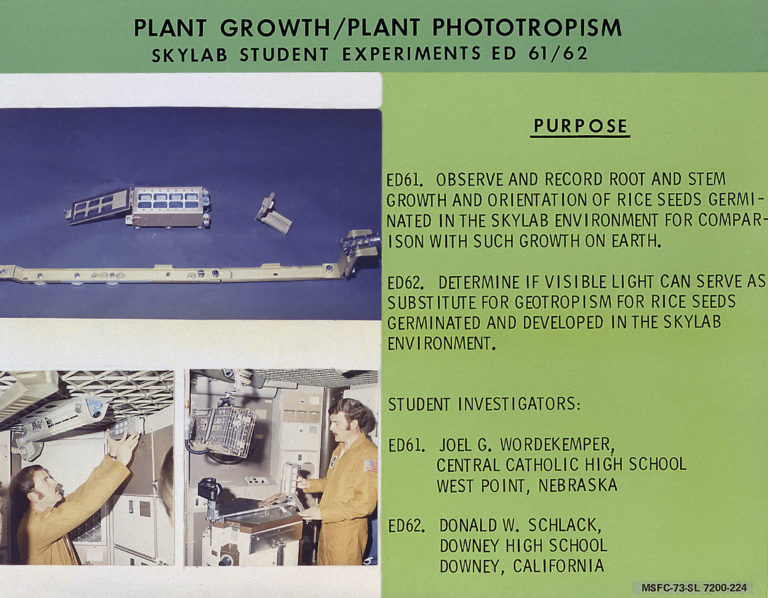
Rice
Rice germinated in space as part of an experiment designed by students from Nebraska on Skylab, NASA’s repurposed Saturn V that served as a space station. Gravitropism and root orientation were examined.
- 1973
- Skylab
- ED 61/62 Growth Chamber

Tomato
Tomatoes have been grown in space several times. Most recently, tomatoes grown in space returned to Earth in April 2023.
Note: the tomato pictured was not one grown in space. This was a fresh tomato that came to the ISS in 2013 for astronauts to eat.
- 2002, 2022
- International Space Station

Spinach
Spinach joined the list of plants grown in space in 2002.
- 2002
- International Space Station
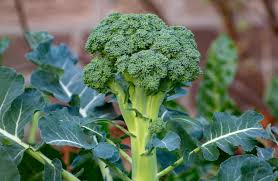
Broccoli
Broccoli was flown to the International Space Station in 2018 as part of a microbial study. Unofficially, Don Pettit grew broccoli in 2012 alongside zucchini and sunflower on the ISS.
- 2012, 2018
- International Space Station
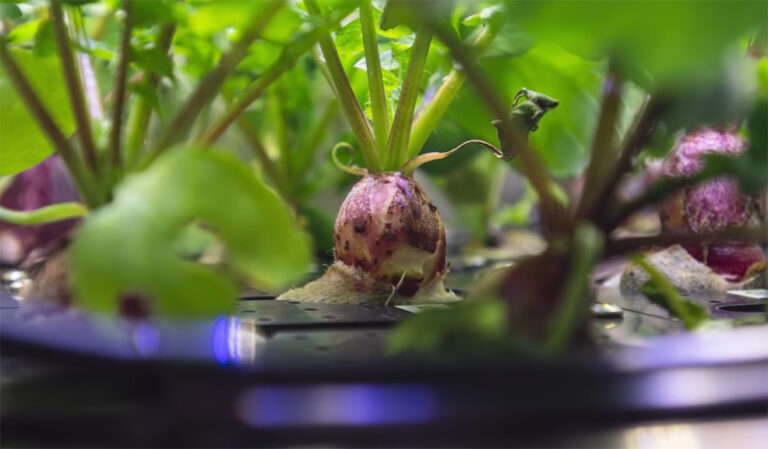
Radish
Radish plants grown in the Advanced Plant Habitat (APH) were harvested on Nov. 30th, 2020.
- 2020
- International Space Station
- Advanced Plant Habitat (APH)

Onions
Onions were grown in the first space plant habitat Oasis 1 on Soviet Salyut 1 in 1971. In 1975, the improved Oasis 1M grew onions to 20 cm tall. These onions were eaten by cosmonauts- making them the first space-grown plants ever eaten.
- 1971, 1975
- Soviet Salyut 1 (Салют-1), Salyut 4
- Oasis 1, Oasis 1M
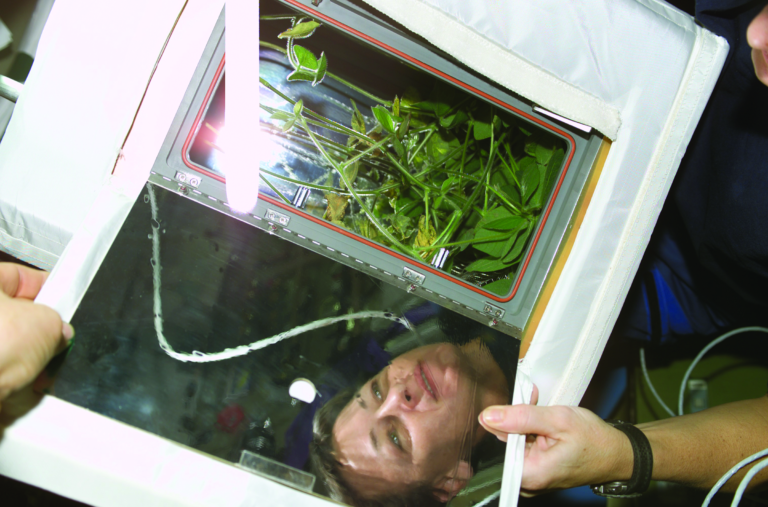
Soybeans
A soybean plant growth experiment was performed in the ADVASC ADVANCED ASTROCULTURE™ System in 2002 on the International Space Station.
- 2002
- International Space Station
- ADVASC
Ornamental Plants Grown in Space

Kalanchoe
Soviet cosmonauts Valeri Ryumin and Vladimir Lyakhov were struggling with depression and loneliness on Soviet Salyut 6, so a mature Kalanchoe plant was sent to boost their morale aboard the spacecraft. Astronauts and cosmonauts note that plants in space make them feel more grounded and help improve their mental health.
- 1979
- Soviet Salyut 6 (Салют-6)
- Vazon (вазон)
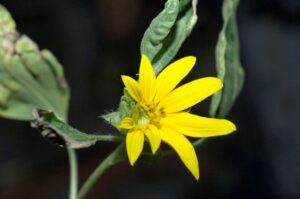
Sunflower
Astronaut Don Pettit grew sunflowers for his personal biology experiment in 2012.
- 2012
- International Space Station
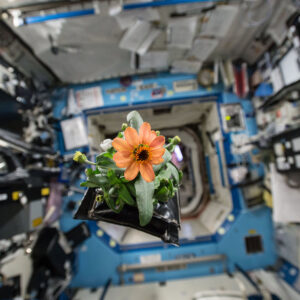
Zinnia
Zinnia bloomed under the care of Scott Kelly in 2016 in the VEGGIE plant production unit.
- 2016
- International Space Station


